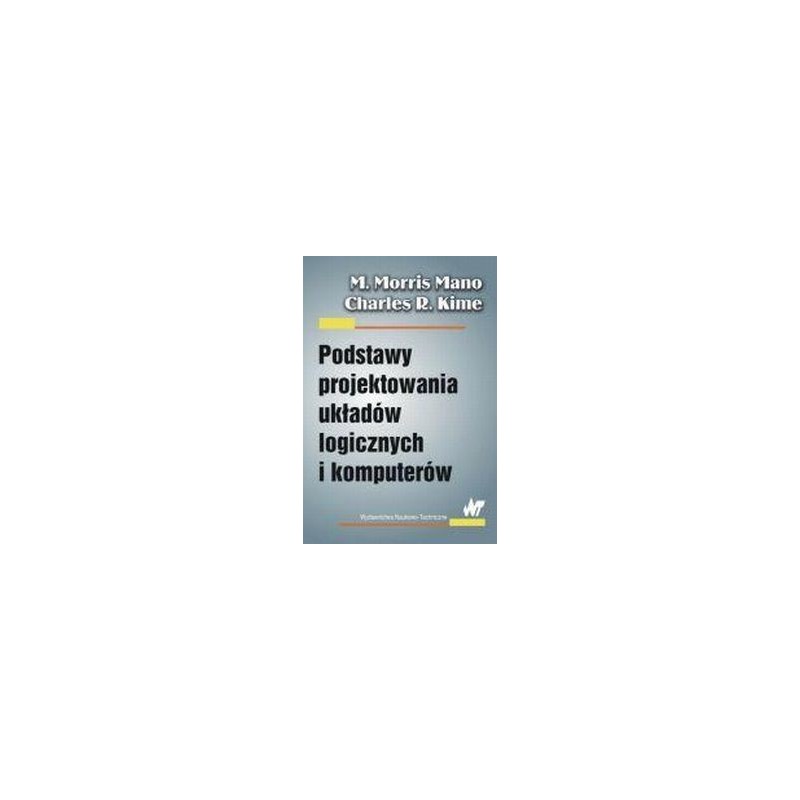- Out-of-Stock



Table of Contents
Chapter 1: DIGITAL COMPUTERS and INFORMATION
Chapter 2: COMBINATIVE LOGIC ARRANGEMENTS
Chapter 3: DESIGN OF COMBINATED LOGIC SYSTEMS
Chapter 4: FUNCTIONS AND LOGIC COMBINATION EXAMPLES
Chapter 5: FUNCTIONS AND ARRANGEMENTS
Chapter 6: SEQUENTIAL SYSTEMS
Chapter 7: REGISTRIES AND INTERREGRADE MESSAGES
Chapter 8: SEQUENCE AND CONTROL
Chapter 9: BASE OF SEMICOLAR MEMORY
Chapter 10: BASIC DESIGNS FOR COMPUTERS
Chapter 11: ARCHITECTURE LIST OF ORDERS
Chapter 12: RISC and CISC CENTRAL UNITS
Chapter 13: ENTRY AND EXIT CONTROL AND COMMUNICATION
Chapter 14: MEMORY SYSTEMS
No product available!
No product available!
No product available!
Wojciech Kabaciński, Grzegorz Danilewicz
No product available!
Development board with ST Zio and ST morpho connectors, based on the STM32H745ZI microcontroller. Thanks to the embedded STLINK-V3 programmer, it is possible to program and debug the microcontroller via USB. STMicroelectronics NUCLEO-H745ZI-Q
No product available!
Lead-free tin Sn99Cu0.7Ag0.3 with EVO11 flux, 100 g spool, 0.38 mm diameter. Cynel SAC307-0.38/100
No product available!
Symmetrical regulated power supply - a set for self-assembly
No product available!
No product available!
HK Thunder QQ Super - Multi-Rotor Flight Controller (65595)
No product available!
Banana pi BPI-G1 WIFI, BT4.0, Zigbee smart home gateway board
No product available!
SUPERLUMISATION MODULE RACK 3x3LED RED 60mA - A KIT FOR INDEPENDENT INSTALLATION
No product available!
Assembled 6V gel battery protection. AVT1970 C
No product available!
Self-adhesive antenna for 2.4 GHz and 5 GHz bands with omnidirectional characteristics, compatible with WiFi, WiMAX, Bluetooth, ZigBee, 802.11 a/b/g/n standards. SparkFun WRL-11320
No product available!
No product available!
No product available!
No product available!

